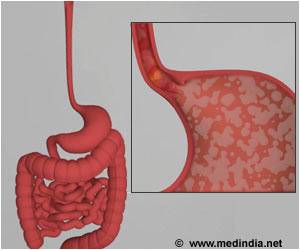A formula which predicts when brain hemorrhage patients need surgery for the best outcome has been provided by an international trial.

David Mendelow, Professor of Neurosurgery at Newcastle University and honorary consultant within the Newcastle Hospitals NHS Foundation Trust, who ran the trials, has devised a formula published today in The Lancet online which will allow surgeons to calculate when to intervene with surgery after an intracerebral hemorrhage. This occurs when the blood escapes from the blood vessels into the brain itself to produce a solid clot.
Professor Mendelow said: "This study gives hope to patients at the time of their initial hemorrhagic stroke. Not only will some lives be saved, but we have shown that operating at the right time means that about one in five patients are able to regain their independence."
The results of the trial, known as STICH II (Surgical Trial in Lobar Intracerebral Hemorrhage) are published in The Lancet online and presented today at the European Stroke Conference in London. The randomized trial, co-ordinated and completed at the Newcastle University Neurosurgery Trials Unit involved 601 patients from 78 centers in 27 countries around the world.
Prior to this trial, surgeons did not have the detailed information telling them which patients benefited the most from surgery. Now this research provides surgeons with a formula which can be applied to fine tune decision-making for all these patients. It uses the established Glasgow Coma Score (GCS) – a neurological scale that aims to give a reliable, objective way of assessing and recording the conscious state of a person – the age of the patient and the volume of the clot. It provides surgeons with a prognosis-based outcome;
10 x GCS – Age (years) - 0.64 x Volume (ml)
Advertisement
Professor Mendelow added: "Our work provides a definitive guide as to when surgery is needed and when it can avoided to ensure the best treatment for patients."
Source-Eurekalert













